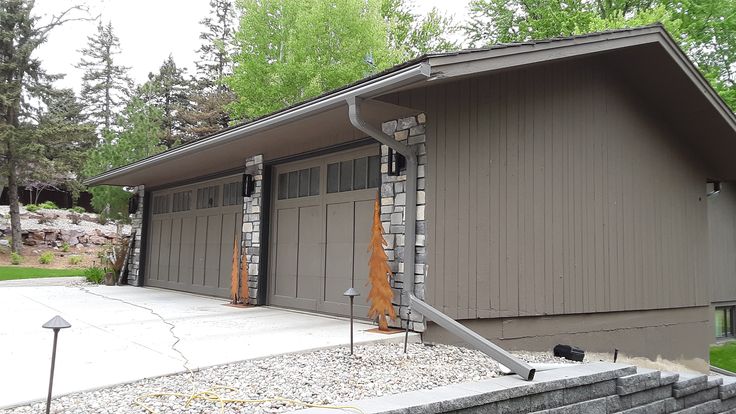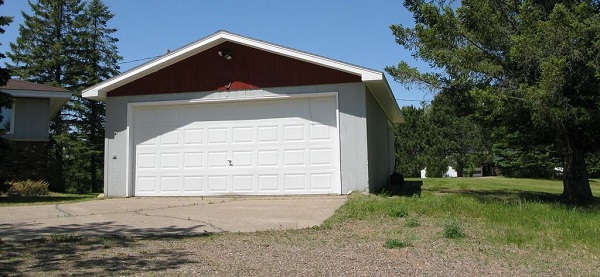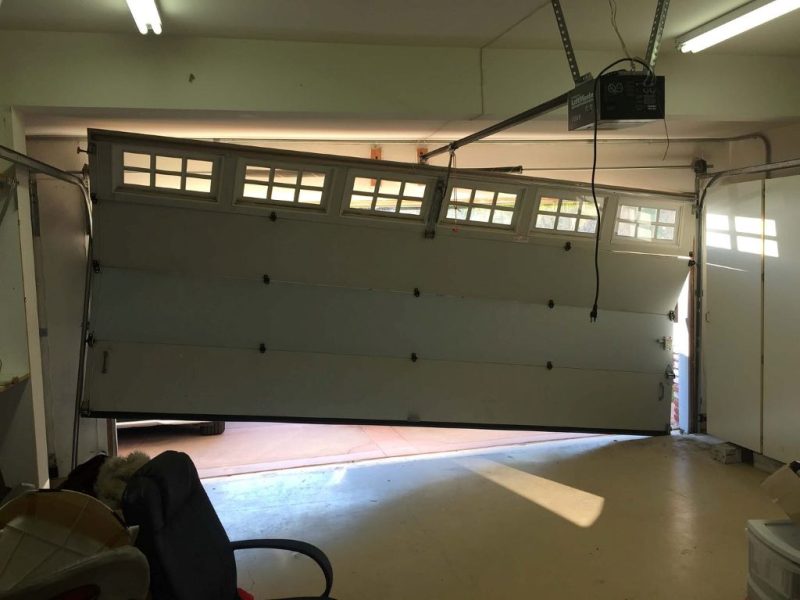Garages are a place where people store all their belongings, but your garage should be clean and well-maintained. In this blog article, learn how to decide whether or not a garage needs gutters.
A garage gutter is a long, narrow piece of metal, plastic, or fiberglass that runs along the roof’s edge and collects rainwater and snow melt. Gutters improve water flow from your rooftop down into your drain and away from your home’s foundation.
Why do Garages need Gutters?
A garage is a great place to store your car, but it can also collect rain and snow. This can cause water to leak in and damage your vehicle. However, if you have gutters on your garage roof, this water will flow away and not damage your car.

What are the Different Types of Gutters?
Gutters are essential components of a home’s roofing system. Gutters provide a channel for water runoff from the roof and exterior walls, preventing wet areas from forming and damaging property. There are three main types of gutters: downspouts, ridge gutter, and flat gutter.
Downspouts are the simplest type of gutter and are typically installed on a home’s exterior. They consist of a channel that diverts water runoff from the roof into a larger drainage area below. The Ridge gutter also diverts water runoff from the roof down into a larger drainage area below, but it has an elevated ridge along its length that helps guide water away from the sides of the house. A flat gutter is similar to a ridge gutter in that it has an elevated ridge and a straight edge along its entire length. This type of gutter is best suited for areas with little slope or where snow accumulation is a concern.
Tips for Installing Gutters
Do you need gutters? Gutters are a great way to keep rain and snow off your roof and can also help reduce the amount of water that seeps down your foundation. Here are some tips for installing gutters:
1. Make sure your roof is level before starting the installation process. The gutters will sit on top of the roof line, so they must be level before you start.
2. Choose the correct gutter size for your home. Most gutters come in three sizes: small, medium, and large. Make sure to choose the right size for your home’s roof and eaves. Gutter sizes are listed in inches and decimal measurements.
3. Attach the gutter brackets to the wall or a post near the edge of your roof using screws or nails. Be sure to leave enough space between the brackets and the edge of your roof so that you can adjust them later if needed.
4. Fit the gutter ends into the gutter slots on either side of the house, then fit the gutter onto the brackets. Aim the gutter so that it’s perpendicular to the roofline and tighten the screws or nails that hold it in place.
5. After installing the rest of your gutters, you’ll need to attach the downspouts to the gutter ends. You can do this using screws or nails, but if you want them to stay in the place, you should use a pair of brackets that can be removed by unscrewing them from the top of the gutter.
6. Once all your gutters are installed and connected, look at how the water flows through your home. If any spots are skipping over too much material, adjust by loosening or tightening the brackets or bolts with a wrench until you get an even distribution of water flowing through each gutter slot.
Conclusion
A garage needs gutters to ensure rain and snow don’t accumulate on the ground and flood your home. Gutters also prevent debris from entering your home, which can cause damage and even health hazards. Depending on the size of your garage and the type of roofing you have, you may also need gutter guards or downspouts. But, again, talk to a professional about what is necessary for your specific situation.




